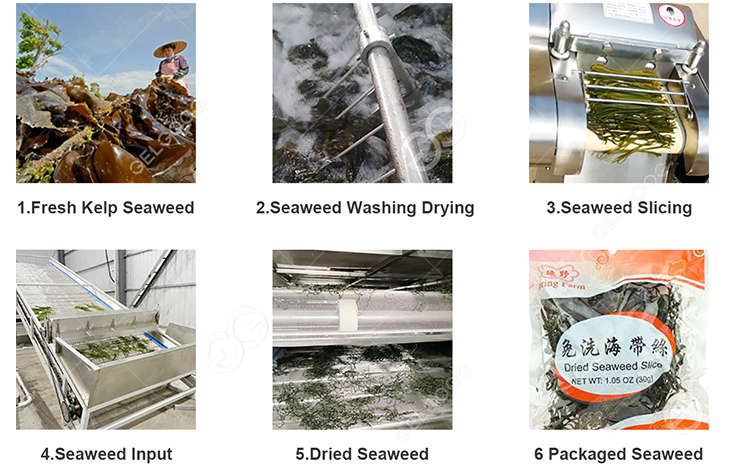Seaweed, also known as sea vegetables, has been a staple food in many coastal communities for centuries. Seaweed is rich in vitamins and minerals, and has been shown to have many health benefits, including boosting the immune system and aiding digestion. Seaweed can be processed into various products, such as dried seaweed sheets, seaweed powder, and seaweed snacks. In this blog post, we will discuss how to start a seaweed processing plant.
Step 1: Choosing the Right Location
The first step in starting a seaweed processing plant is choosing the right location. The ideal location for a seaweed processing plant is near the sea or ocean, where seaweed is abundant. The location should also have access to fresh water and be close to transportation routes for shipping the products.
Step 2: Obtaining Permits and Licenses
In order to start a seaweed processing plant, you will need to obtain the necessary permits and licenses. These will vary depending on your location, but may include permits for wastewater discharge, food handling, and environmental protection. You should research the regulations in your area and consult with local authorities to ensure that you are in compliance.
Step 3: Sourcing Seaweed
The next step is to source the seaweed that will be processed in your plant. Seaweed can be harvested from the wild or cultivated using techniques such as aquaculture. You may be able to purchase seaweed directly from local fishermen or seaweed farmers, or you can work with a broker to source seaweed from other regions.

Step 4: Processing Seaweed
Once you have sourced the seaweed, it’s time to start processing it. The first step is to clean the seaweed, removing any debris or sand. The seaweed can then be dried using a dryer, oven, or sun-drying techniques. The dried seaweed can be cut into various sizes, depending on the final product that will be made.
If you plan to make seaweed snacks, you can season the dried seaweed with salt or other seasonings and then pack them in foil packs. If you plan to make seaweed powder, you can grind the dried seaweed into a fine powder using a blender or mill. Seaweed flakes or sheets can be used for sushi or other dishes.
Step 5: Packaging and Distribution
Packaging and distribution are critical components of a successful seaweed processing plant. The packaging should be designed to protect the seaweed products during transportation and storage, ensuring that they arrive at their destination in good condition. Seaweed products can be packaged in bags, cans, jars, or other containers.
Finally, you will need to determine how the seaweed products will be distributed. You can sell the products directly to consumers through online marketplaces or at local markets, or you can wholesale the products to retailers or distributors.
Conclusion
Starting a seaweed processing plant can be a great way to take advantage of the health benefits of seaweed and tap into a growing market for seaweed products. By following these steps, you can set up a successful seaweed processing plant that produces high-quality seaweed products for consumers around the world. With the right location, permits, seaweed sourcing, processing techniques, packaging, and distribution strategies, you can build a profitable seaweed processing business that supports the health and well-being of people and the planet.
If you also have the idea of starting a seaweed processing plant, you can contact us. As a seaweed processing solution provider, we can provide plant layout and seaweed processing equipment. We can customize different plans according to your needs. If you want to know more, you can contact us at any time.
